Laser Treatment for Varicose Veins - What You Need to Know
Introduction
Varicose veins are a common issue affecting millions of people worldwide, often causing discomfort, pain, and visible bulging veins that can impact self-confidence. Fortunately, advancements in medical technology have made it easier to treat varicose veins effectively. One of the most popular, minimally invasive treatments today is laser treatment. This guide will explain how laser treatment works for varicose veins, its benefits, potential risks, and what to expect during the procedure.
What Are Varicose Veins?
Varicose veins occur when veins, primarily in the legs, become enlarged, twisted, and swollen. This happens when faulty valves in the veins fail to regulate blood flow, causing blood to pool and veins to expand. Varicose veins are usually visible through the skin and can appear blue or dark purple, often accompanied by symptoms like:
- Aching and heavy legs
- Swelling in the lower legs
- Throbbing or cramping
- Dry, itchy skin over the affected vein
If left untreated, varicose veins can worsen and lead to complications like ulcers, blood clots, or chronic vein insufficiency. Laser treatment offers a fast, effective way to address this problem with minimal downtime and long-lasting results.
Understanding Laser Treatment for Varicose Veins
Laser treatment, specifically Endovenous Laser Therapy (EVLT), has become one of the top choices for treating varicose veins. EVLT uses laser energy to target and close off problematic veins, redirecting blood flow to healthier veins. This process is quick, minimally invasive, and allows patients to resume their daily activities with little to no downtime.
Types of Laser Treatment
- Simple Laser Treatment: Used for treating spider veins or small varicose veins close to the surface. The laser is applied externally on the skin.
- Endovenous Laser Therapy (EVLT): Targets larger varicose veins, using a catheter inserted into the vein to deliver laser energy directly, causing the vein to collapse and seal shut.
How Does EVLT Work?
Endovenous Laser Therapy works by inserting a small laser fiber into the affected vein, which is guided to the specific location of the problem. The laser then emits heat, causing the vein walls to collapse and seal shut. Once the vein is closed, blood naturally redirects to nearby healthy veins, and the treated vein is eventually absorbed by the body.
The procedure typically takes between 45 minutes to an hour and requires only local anesthesia. Most patients feel minimal to no pain during the procedure and can return to normal activities within a day or two.
Benefits of Laser Treatment for Varicose Veins
- Minimally Invasive: Requires only a small incision, reducing risks associated with traditional surgery.
- Quick Recovery Time: Most patients resume normal activities within 24 to 48 hours.
- Less Pain and Discomfort: Patients typically experience minor discomfort during and after the procedure.
- Highly Effective: EVLT has a success rate of over 90%, offering long-lasting relief from symptoms.
- Cosmetic Improvement: Laser treatment improves the appearance of varicose veins.
- Reduced Risk of Complications: A minimally invasive technique with a lower risk of infection and other complications.
Who is a Candidate for Laser Treatment?
Laser treatment is suitable for most people with varicose veins. Good candidates are typically those who:
- Have visible varicose veins that cause discomfort
- Are not pregnant or breastfeeding
- Have tried conservative treatments without success
- Are in good overall health
Consult a qualified vein specialist to determine if laser treatment is right for you.
What to Expect Before, During, and After Laser Treatment
Preparation
Before the procedure, your doctor will perform a physical examination and may use ultrasound to map out the affected veins. You may be asked to avoid certain medications and refrain from eating or drinking for a few hours before the treatment.
During the Procedure
The treatment is typically performed in an outpatient setting under local anesthesia. The doctor makes a small incision to insert a catheter into the vein, guiding the laser fiber to the treatment area. The laser energy is delivered to collapse the vein, with the procedure usually taking less than an hour.
After the Procedure
Most patients experience only mild discomfort or bruising after EVLT, which usually resolves within a week. Walking shortly after the procedure is encouraged to promote healthy blood flow. Compression stockings may be recommended for a few weeks to aid healing and prevent complications.
Risks and Side Effects of Laser Treatment
While generally safe, laser treatment for varicose veins can have potential risks, including:
- Temporary bruising or swelling
- Mild pain or tenderness
- Skin discoloration or irritation
- Rarely, blood clots or nerve damage
Aftercare Tips for Optimal Results
- Wear Compression Stockings to support blood flow and minimize swelling.
- Stay Active with short walks to promote circulation.
- Avoid Heavy Lifting for the first week.
- Elevate Your Legs periodically to reduce swelling.
- Avoid Prolonged Sitting or Standing to prevent pressure build-up.
Laser Treatment vs. Other Treatment Options
Alternative treatments include:
- Sclerotherapy: Injection of a solution to collapse small veins.
- Radiofrequency Ablation (RFA): Uses radiofrequency instead of laser to treat veins.
- Vein Stripping: Surgical removal of severe varicose veins.
The best option depends on your individual needs and vein condition.
Conclusion
Laser treatment for varicose veins offers a minimally invasive, effective solution with minimal downtime, helping people regain comfort and confidence. If varicose veins are impacting your life, consult a vein specialist to see if laser treatment is right for you.

